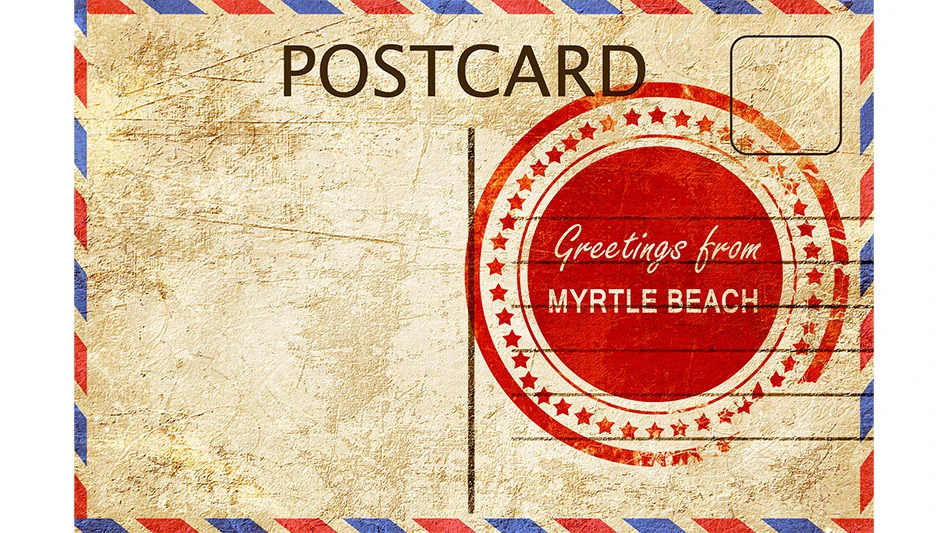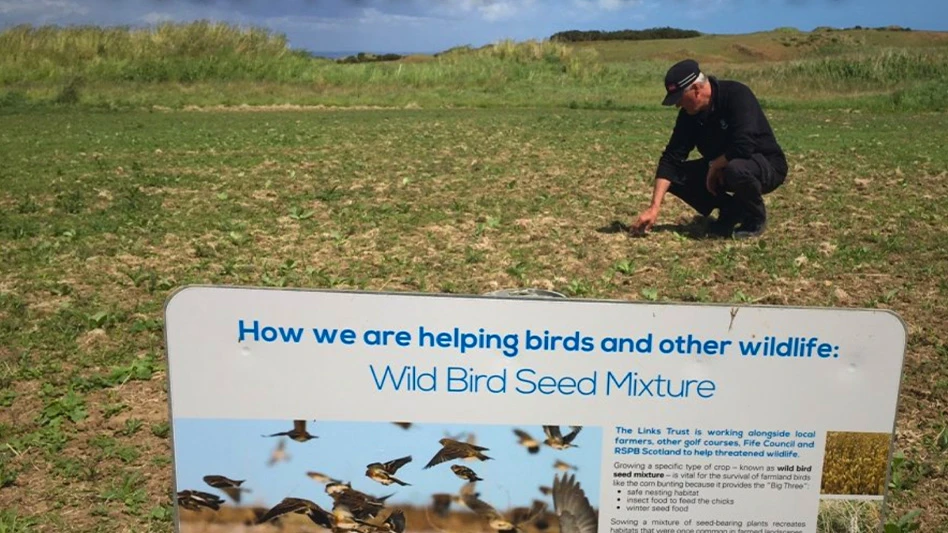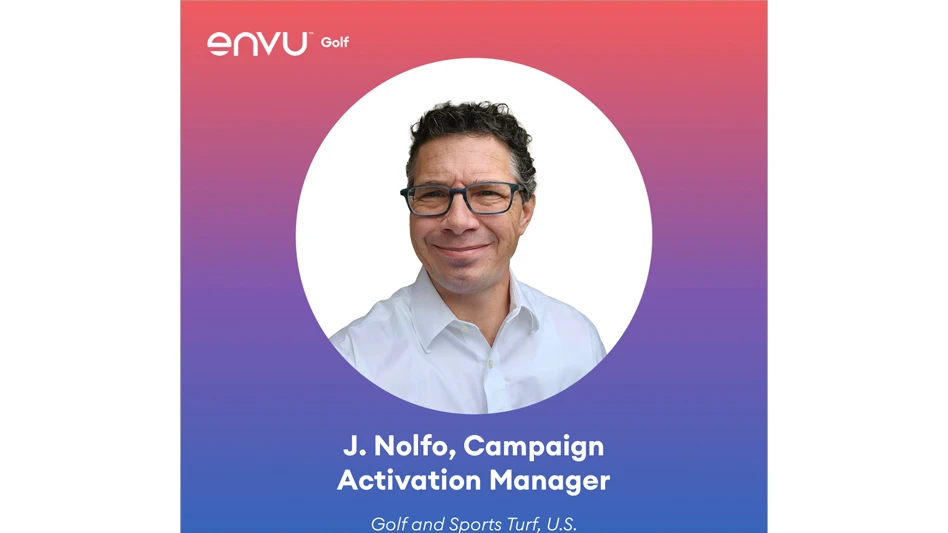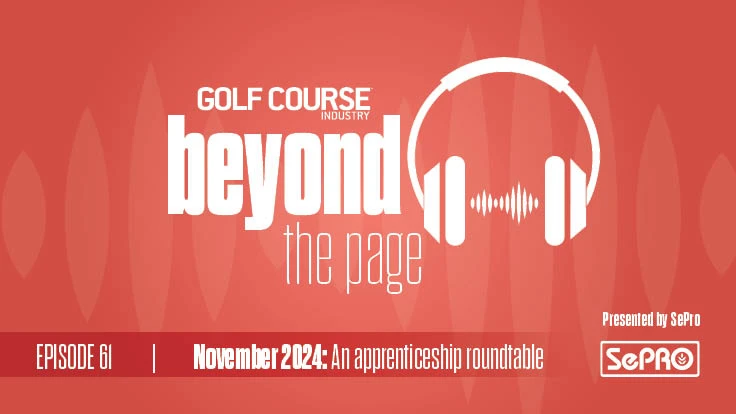Scott Whorrall requires a lot of plants.
As the director of golf course and grounds operations at Mediterra Golf and Country Club in Naples, Fla., Whorrall not only oversees the maintenance of the facility’s two 18-hole, Tom Fazio-designed championship courses, but also 100 acres of plantings around the residential community and its common grounds. This translates into $1 million in plant material purchases annually.
Whorrall reconciled this need two years ago by forging a business relationship with a local plant broker who scours the nurseries around South Florida for the unique, hard-to-get plant material Mediterra needs to maintain the upscale, gated golf course community’s Mediterranean theme.
“Working with a plant broker saves me a lot of time and hassle when it comes to purchasing our plant materials,” Whorrall says. “It’s been a good relationship and I’d say working with a broker has exceeded our expectations.”
Whorrall shares with GCI the process of forging that relationship and the advantages of working through a plant broker.
Both of our courses are 18 holes with 419 bermudagrass everywhere except on the greens, which are ultradwarf bermudagrass. From an aesthetic point of view, these two courses are polar opposites. One course is about 80 percent native plants – everything from Mersin plants to pines and cypresses. The other is more ornate with 122 acres of maintained landscape beds, about half of which are ornamental plants like jasmines, arboricolas, viburnums and green island ficus. These courses project a tropical, South Florida kind of feel with a lot of annual flowers and flowering shrubs – just a lot of flowers. I’d say our annual budget for plant material and color is more than $1 million.
First contact. To be honest, I don’t remember if I sought out the broker or if he sought me out. Actually, I may have just stumbled across the guy two years ago. We’d been dealing with two different nurseries in the area, but they couldn’t find the odd, unusual plants we were looking for. They could supply us with the basics and they had good prices, reliable delivery and good customer service, but they just couldn’t find the specialty items we were looking for.
Good business sense. We’re planting 12 months out of the year and we’re bringing in new plant material all of the time. It’s not practical for us to go out to the local big-box store for our plant needs. First of all, those are retail prices and we’re buying at wholesale prices. This alone is important to us because we’re buying plant materials in large quantities. So we’re looking at a cost savings of more than 50 percent in most cases.
Also, the plant broker we use will find the things that you usually can’t find, or in the quantities that we need, at your typical big-box or retail outlet. This is a huge asset to us.
It’s a unique theme here – a Mediterranean theme – and the residents and members bought into that theme. So not all of the plants needed to complete that theme are readily available to us. Our broker seeks out those types of plants that you don’t see very often. For example, our broker has been able to track down very large agave plants and very large bromeliads and anthuriums, which allow us to complete that Mediterranean-style look.
Solid relationship. We spent a lot of time together at first. I showed him various areas of our property that we wanted to address with certain types of plantings, and I even showed him pictures of looks that we were trying to accomplish on the property and around the courses.
Our broker makes regular trips two to three times a week to Homestead and South Miami where he finds that strange stuff at those little nurseries tucked away down there.
Over two years of working together, our broker has gotten a really good feel for the types of plant material that we’re looking for, even if we haven’t requested it. He comes in a few times a month with plant samples and to see what I think. Sometimes they work and sometimes they don’t, but that’s the best part of our working relationship. He has a really good sense for what we’re looking for and when he comes across some unique material he knows to pick it up and to see what we think. GCI

Explore the March 2010 Issue
Check out more from this issue and find your next story to read.
Latest from Golf Course Industry
- Making the grade — at or near grade
- PBI-Gordon receives local business honor
- Florida's Windsor takes environmental step
- GCSAA names Grassroots Ambassador Leadership Award winners
- Turf & Soil Diagnostics promotes Duane Otto to president
- Reel Turf Techs: Ben Herberger
- Brian Costello elected ASGCA president
- The Aquatrols Company story





